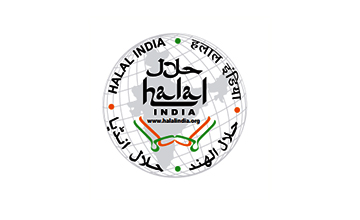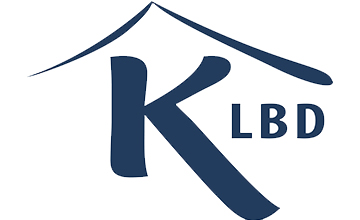When we think about cooking, edible oil is a key ingredient. It’s used for frying, sauteing, and even in dressings. But before it reaches our kitchens, edible oil goes through a careful cleaning process, often using something called a bleaching process of activated carbon with bleaching earth. Let’s explore how this process works and why activated carbon is so important in making sure our cooking oils are safe and tasty.
Why Filtration Matters
Edible oils come from seeds, nuts, and other natural sources. They need to be cleaned to get rid of impurities like free fatty acids, color pigments, bad smells, and even pesticides. This cleaning process not only makes the oil look and taste better but also helps it last longer and be healthier for us.
What is Activated Carbon?
Activated carbon, or activated charcoal, is a special kind of carbon with lots of tiny holes, giving it a huge surface area. It’s made by heating materials like coconut shells or wood at very high temperatures without oxygen. This process creates a structure with many small pores that can trap impurities.
How Activated Carbon Helps in Filtration:
Activated carbon works like a sponge for impurities. It attracts and holds onto unwanted substances through a process called adsorption. Here’s how it helps in refining edible oil:
- Removing Color Pigments: Oils can get unwanted colors from natural pigments or oxidation. Activated carbon absorbs these pigments, making the oil clear and colorless, which looks better to consumers.
- Eliminating Odors: Some oils have bad smells because of oxidation or how they were processed or stored. The porous surface of activated carbon traps these odor-causing molecules, making the oil smell and taste neutral.
- Reducing Free Fatty Acids: Free fatty acids can make oils go rancid and spoil the flavor. Activated carbon can selectively remove these acids, helping the oil stay fresh longer.
- Removing PAH, BaP and Dioxins: Activated Carbon is also widely used to remove PAH (Poly Aromatic Hydrocarbons) and Dioxins from Edible oil. Typically 1 kg/t dosage of activated carbon Kalimati (VARNASORB™) for removal of every 8-10 ppb for Benzo Pyrene (BaP) is required.
Removing Pesticides and Contaminants:
Activated carbon also catches pesticides, heavy metals, and other harmful substances. This makes sure the oil is safe and clean for us to eat.
The Versatility of Activated Carbon
One great thing about activated carbon is its ability to work with different types of oils, like palm oil, soybean oil, sunflower oil, or olive oil. It can be adjusted to meet the specific needs of each type of oil, ensuring the best results in color, taste, and purity.
Ensuring Quality and Safety
In the food industry, keeping products safe and high-quality is very important. The activated carbon used in oil purification must meet strict quality standards and regulations. Manufacturers choose activated carbon from trusted suppliers with certifications like ISO, HACCP, Halal & Kosher to make sure it’s safe and effective.
Activated carbon is essential in making edible oils pure and safe. It helps remove colors, odors, and contaminants, and reduces free fatty acids, making sure the oils are of high quality and safe for everyone to use. Thanks to activated carbon, we can enjoy clean and delicious oils in our cooking.








.jpg)
.jpg)

(0) Comments